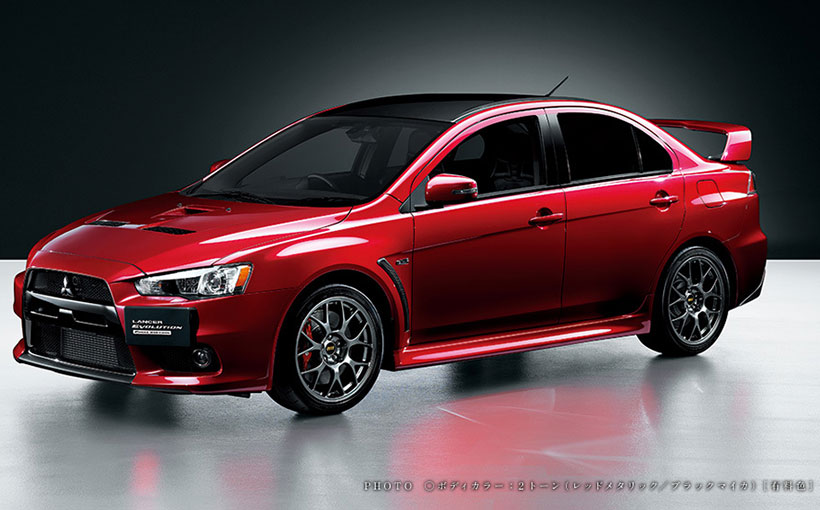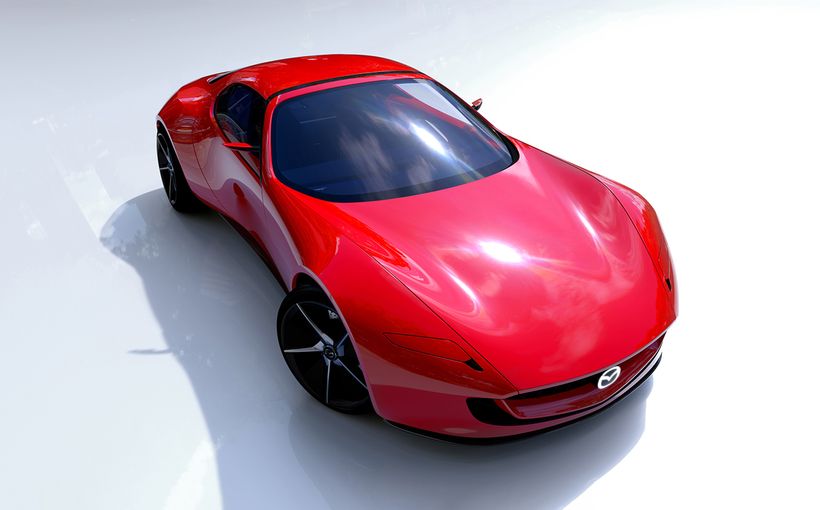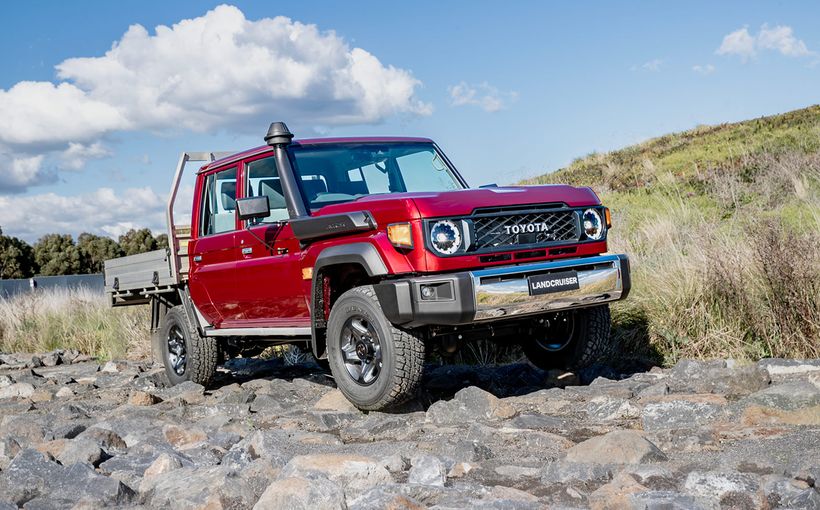Can Mitsubishi’s sacred Evo name live on without petrol?
WHO would have guessed that when Mitsubishi rolled out its Lancer Evolution way back in the misty distant past of 1992, it would go on to evolve through ten generations?
But the end is nigh for Mitsubishi’s rally-car-for-the-road, and after 23 years gaining a cult following around the world, it is time for the Lancer Evo to take a final bow.
Before it goes though, the Japanese car-maker is treating its hot sedan to one final special edition with the strictly limited and not exactly cryptically named Final Edition.

Now in its twilight years, the Japanese rally sedan has matured through many special editions from the original 182kW original to the final Evo X, but despite never having a capacity increase, the 2.0-litre turbocharged four-cylinder now pumps out more than 217kW.
Just 150 examples of the final Evo X will be coming Down Under, taking a small chunk out of the 2000 units allocated worldwide, the largest share of which is going to the car’s native Japan. America and the United Kingdom will also get a dip.
Mitsubishi is not saying exactly how much extra power the Final Edition will get or how much it will cost, but it is likely to command a steeper price than the current ‘standard’ Evo X which sells for $52,990, before on-road costs.

Other than the performance hop-up, the limited-run Evo will carry tuner-favourite features such as 18-inch BBS wheels, a black roof, and the all-important name badges to set it apart from lesser variants.
Inside, the mods continue with racy Recaro bucket seats, which are upholstered in a combination of black leather and Alcantara, and held together with contrasting red stitching. The red highlights are mirrored by the leather steering wheel and gear knob.

The car’s track manner has also been sharpened with a more aggressive suspension set-up, taking components from chassis masters Eibach and Bilstein.
Hot Mitsi fans can get their hands on one a piece of the company’s history from the second half of this year and will have to choose between five vivid colours.
The Final Edition was inspired by the manic Final Concept that broke cover at the Tokyo Auto Salon last year, but a power output matching the show-car’s hose-busting 334kW is unlikely. Thanks to Mitsubishi’s all-alloy 4B11T engine however, tuners will be rubbing their hands.
Outside of Japan, Australia’s loyal camp of Evo fanatics are only out-fanned by the British and last year the United Kingdom was treated to the most powerful road-going Evo X version to date.

The mind-boggling Mitsubishi Lancer Evolution X FQ-440 MR produced a power output as big as its name. How does 330kW from a 2.0-litre sound? That’s 165kW per litre!
Mercedes Benz claims its A45 AMG hatchback holds the title for most powerful series production 2.0-litre engine, but with a paltry 265kW, the Merc hot-hatch lags behind the mental Mitsu by 65kW.
Okay, so only 49 of the FQ-440s were ever made and cost the equivalent of AU$99,000 – ouch – but its de-tuned FQ-400 sister of 2009 sold in greater numbers and still pushed out a massive 300kW.

Mitsubishi conceived the Evolution with its rally efforts, winning the 1998 World Rally Championship as a factory team with Finnish ace Tommi Makinen. However, it could only manage a pair of third places in 1999 and 2001, before pulling its works team out of the sport in 2005.
Its privateer Group N rally program, however, continues to this day, with teams attracted to the car's potent performance, abundant parts and support. Thousands of Evos still cut up forests and tarmac stages around the world to this day.
Mitsubishi Motors Australia Limited has a spotted history with the Evo nameplate. It brought in the Galant VR-4 and the Lancer GSR in the early 1990s, but the first official Australian-sanctioned Evo was the VI Tommi Makinen Edition (TME), launched here in 1999.

Just 100 were imported, at a price almost four times as much as the next Lancer in the range ($79,990).
There are no plans to produce a new performance vehicle similar to the Lancer, but Mitsubishi sources have suggested that the Evolution moniker might be applied to a high-performance SUV product in the future.
With the company’s emerging move into more EVs and hybrids, the next Evolution is likely to be a greener and high-riding proposition.

Would a move into hi-po efficient SUVs be a natural evolution for Mitsubishi’s Evo brand, or sacrilege?
Daniel Gardner GoAuto.com.au
Protect your Mitsubishi Call Shannons Insurance on 13 46 46 to get a quote today.









